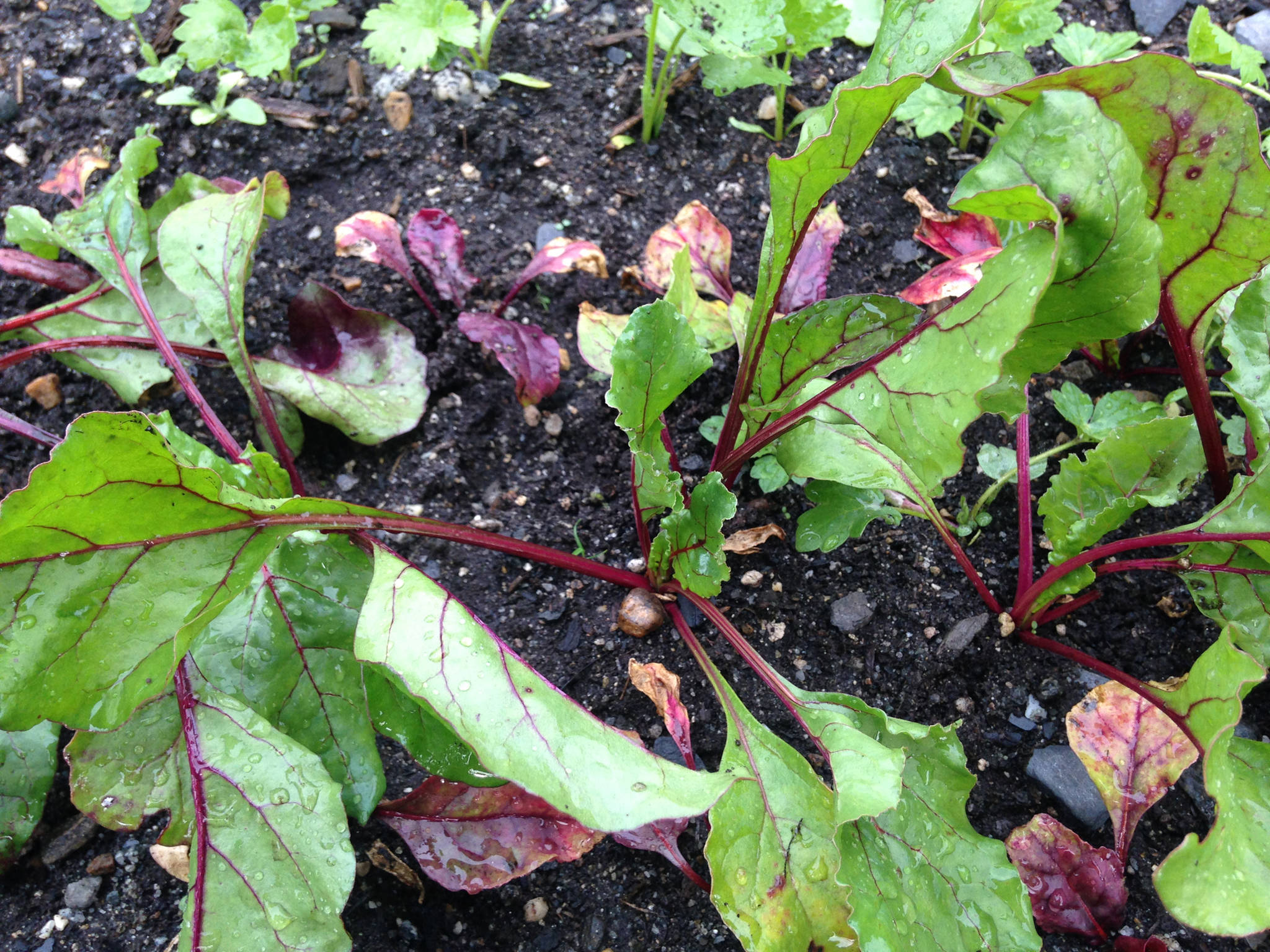Beets are a vegetable that I have worked hard to like. I can tolerate them in dishes, but I don’t find a plate of them enticing. My daughter does, which means they have a reluctant spot in my garden.
The seeds are really a dried fruit pod. Inside each one are multiple embryos ready to develop. As they sprout, you’ll get more than one plant. No matter how far apart you sow your seeds, you need to thin them.
Look carefully at your seed package to find the optimum size for the variety you selected. Thin plants to the suggested spacing requirements. Keep the bed well weeded, but use your hands to pull up unwanted plants if you’re within six inches of the root.
In my garden, my beets successfully began, but then failed to develop. They’d come up in nice, neat rows. I’d diligently thin them, yet they never amounted to anything more than skinny, pencil-like roots.
Suzanne Williams said the soil in Southeast is notoriously lacking in the mineral boron. To amend this deficiency, either add a boron additive, found where gardening supplies are sold, or borax, which you can find near the laundry detergent. Add one tablespoon per gallon and mix thoroughly. Then pour this around the beets once a month. She cautions against spilling any directly on the plant.
Some people treat their soil once every couple of years and grow fabulous beets. Too much boron can cause harm, but it’s a bit like Vitamin D. In our location, we rarely, if ever, get enough. You can try one boron treatment or you can follow Suzanne’s lead.
Regular watering is important for all root vegetables. Lack of water stresses the plant and causes it to taste wood-like instead of succulent. Southeast rains demand that our soil has good drainage to handle excess water. This means that when we have periods of little rain, our garden does not retain the moisture plants need. Watering is a must on hot, dry days.
Beets also require potassium. Add a cup of bone meal to every two gallons of soil to increase the amount of potassium and phosphorus where you are growing beets. Nitrogen isn’t important unless you want to harvest the greens.
Hopefully this year you and I will both have prize winning beets. Harvest when they are one and a half inches to two inches in diameter or when they start mounding the surface near their stems. Be sure to cut the stems an inch above the root. If the leaves are kept on the beet, they take up moisture from the root. Beet greens, like their relative Swiss chard, have a strong taste, but can be sautéed or put into soups.
When I told Suzanne Williams my dislike for beets, she had her husband fetch me two jars. One contained a golden beet soup while the other was a red beets with venison broth. And, because the beets were combined with something, they were delicious as is all of Suzanne’s cooking. However, it took me a long time before I was willing to open the jars to taste those beets.
• Corinne Conlon is a freelance writer based out of Juneau. She can be reached at dirtgirlgardening@gmail.com.

